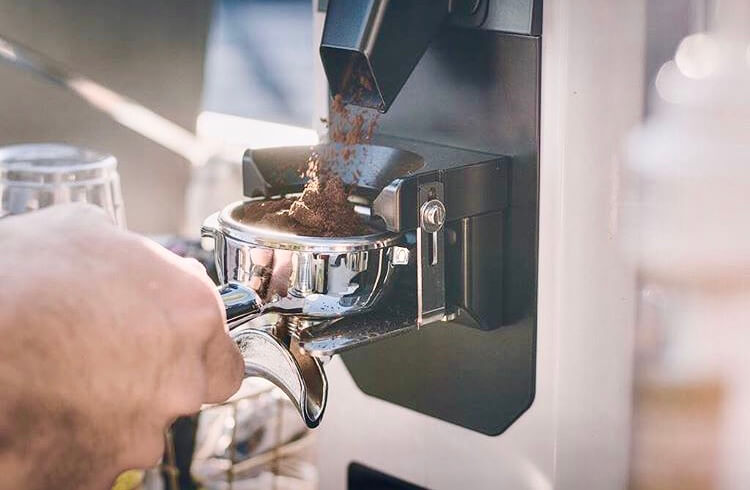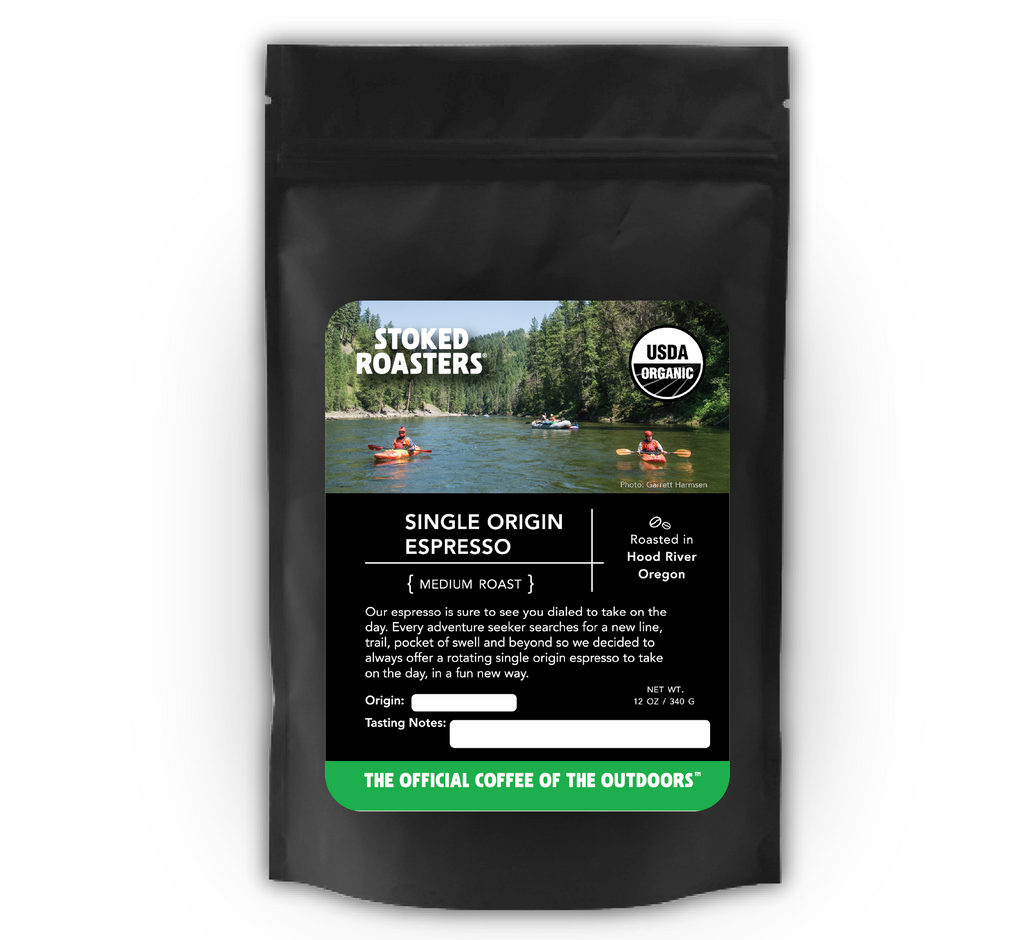SOE Single Origin Espresso – Ideal for Handcrafted Brewing Methods
SOE Single Origin Espresso – Ideal for Handcrafted Brewing Methods
Blog Article
Checking Out the Abundant Flavors of Coffee Beans: a Deep Study Espresso and Blended Coffee Beans
When you explore the rich tastes of coffee beans, you uncover an intricate world where each variety brings its very own character to your mug. As you browse with the art of espresso and the creativity behind mixed coffees, you'll begin to appreciate the nuances that make each sip special.
The Origins of Coffee Beans: Exploring Terroir and Flavor Profiles
When you take a sip of coffee, you're not just delighting in a drink; you're experiencing a rich tapestry of flavors formed by the beans' origins. Each region produces distinct taste accounts influenced by climate, altitude, and soil. For example, beans from Ethiopia often rupture with bright, fruity notes, while those from Colombia tend to offer a balanced, nutty sweetness.
As you explore various beginnings, you'll notice just how terroir-- the ecological factors influencing a plant-- plays an essential duty - Single Origin Espresso. The very same coffee selection can taste substantially different depending on where it's expanded
When you consider these aspects, you start to value the intricacy behind your mug. Each sip tells a tale of the land and the farmers that nurtured the beans. So, following time you delight, think concerning the trip your coffee took before it reached your hands, and relish those complex tastes that mirror its origin.
Understanding Coffee: The Art and Scientific Research Behind the Mixture
When you consider espresso, it's not almost the solid flavor; it's also regarding the techniques that bring it to life. Understanding just how various preparation techniques influence preference can transform your brewing experience. Allow's discover the intricacies of espresso preparation and uncover the one-of-a-kind flavor accounts that make each cup unique.
Espresso Preparation Techniques
Coffee prep work is both an art and a science, integrating precise techniques with a deep understanding of coffee. To start, you'll desire to pick top notch, newly baked beans and grind them carefully for excellent removal (Single Origin Espresso). The grind size is vital; also coarse, and your espresso will be weak, also fine, and it'll be bitter
The result needs to be an abundant, creamy espresso with a stunning layer of crema on top. With method, you'll master these strategies.
Taste Profiles Described
The globe of coffee offers an abundant tapestry of flavor profiles that can boost your coffee experience. When you take that initial sip, you'll notice a balance of level of acidity, anger, and sweetness. Each coffee bean lugs one-of-a-kind notes, from flower and fruity to nutty and chocolaty. Light roasts usually showcase intense acidity and lively flavors, while dark roasts present much deeper, bolder tones.
Understanding these accounts helps you choose the right espresso for your palate. Try out various blends can reveal surprising mixes. For circumstances, a well-crafted blend may integrate the intense notes of an Ethiopian bean with the rich, chocolatey touches of a Brazilian bean. Welcome the journey of discovering coffee's diverse flavors, and you'll transform your coffee ritual right into an exciting adventure.
Processing Techniques: How They Influence Flavor and Scent
While it may seem that the beginning of coffee beans is one of the most considerable variable in identifying their taste and scent, the handling methods utilized post-harvest play a similarly important function. You'll find that these techniques can substantially alter the last preference profile of your cup.
For example, the washed procedure eliminates the fruit from the beans before fermentation, frequently bring about a cleaner, brighter taste. The all-natural process leaves the fruit undamaged throughout drying, resulting in a sweeter, fruitier account.
Other approaches, like honey handling, strike a balance, permitting some fruit mucilage to continue to be, offering a distinct complexity.
Each processing technique communicates with the beans' fundamental features, boosting or silencing certain tastes and scents. When you sip that coffee or combined coffee, keep in mind that the journey from cherry to cup is influenced not simply by origin but likewise by how those beans were refined.
Roasting Techniques: Opening the Complete Potential of Coffee Beans
Roasting techniques are vital for exposing the complete possibility of coffee beans, as they transform raw, environment-friendly beans right into the fragrant, tasty coffee you enjoy. The choice of roasting technique-- light, medium, or dark-- drastically influences taste accounts.
You can explore roasting temperature levels and times to locate your excellent brew. A slower roast at reduced temperature levels enables complicated flavors to create, while a quicker roast can increase resentment. Take notice of the cracks during roasting; the first fracture shows a light roast, while the second crack signals a dark roast. By mastering these strategies, you'll expose a globe of flavor, boosting your coffee experience to new heights. Appreciate every sip, understanding the treatment that entered into your mug!
The Magic of Blended Coffee: Producing Distinct Taste Experiences
Creating an unique taste experience with blended coffee can change your early morning ritual into an expedition of preference. By integrating different beans from numerous areas, you can reveal a symphony of flavors that raise your cup to brand-new elevations. Each blend deals an unique account, balancing sweet taste, level of acidity, and body to develop something absolutely unique.
When you pick a blend, you're not just picking a coffee; you're choosing a journey across diverse landscapes and cultures. Trying out with various mixes allows you to uncover your individual favorites, whether you delight in fruity notes or rich, chocolatey touches.

Tasting Notes: Identifying the Subtleties in Your Cup
As you sip your coffee, you might discover a spectrum of flavors dancing on your taste, each disclosing the ins and outs of the beans. You might taste the bright acidity evocative citrus or the deep, rich notes similar to dark delicious chocolate. The sweet taste might stimulate honey or caramel, stabilizing the overall profile wonderfully.
Take note of the body of the coffee-- does it feel ventilated and light, or is it full and velvety? The surface, too, uses hints; a sticking around aftertaste might hint at nuttiness or floral touches.

Don't forget to discover the special qualities of various beginnings, as each area passes on distinct tastes - Single Origin Espresso. For instance, Ethiopian coffees frequently present fruity notes, while Colombian beans could display a much more spherical sweet taste. By acknowledging these nuances, you'll grow your admiration for every mug, elevating your coffee experience to brand-new elevations

Brewing Methods: Taking Full Advantage Of Flavor Removal for each Bean
When you discover the different developing approaches, you'll discover that each method can significantly affect the taste account of your coffee. From French press to pour-over, each technique essences various compounds, enhancing or silencing details notes. Utilizing a French press allows oils to continue to be in the mixture, producing a richer taste, while pour-over stresses clearness and brightness.
Temperature level and grind size also play crucial duties. A coarser grind works best for chilly brews, while a great work is optimal for espresso. Trying out with water temperature level-- in between 195 ° F and 205 ° F-- can reveal surprise tastes, also.
Don't forget soaking time; Single Origin Espresso a quick removal can cause sour notes, while over-extraction might yield resentment. By changing these variables, you can optimize taste removal and genuinely elevate your coffee experience. Take pleasure in the journey of uncovering what technique finest matches your taste buds!
Frequently Asked Inquiries
What Is the Ideal Water Temperature for Brewing Coffee?
The optimal water temperature level for developing coffee's in between 195 ° F and 205 ° F. If you make use of water that's also warm, you'll over-extract flavors; also cold, and you will not extract enough. Purpose for that pleasant area for the finest brew!
Just How Does Work Size Impact Coffee Flavor?
Grind dimension considerably influences coffee taste. Finer grinds extract a lot more tastes and oils, causing a bolder preference, while coarser grinds yield a lighter taste. Readjusting grind dimension aids you attain your desired coffee profile.
Exist Health And Wellness Advantages Linked With Drinking Coffee?

What Is the Difference Between Arabica and Robusta Beans?
Arabica beans are smoother and sweeter, typically featuring fruity flavors, while robusta beans are more powerful with a bitter preference and greater high levels of caffeine content. You'll discover these differences in aroma and brewing experience.
Just How Can I Shop Coffee Beans for Freshness?
To keep coffee beans for quality, keep them in a closed container, far from wetness, light, and warm. If you just grind what you need right before developing., you'll keep their taste longer.
Discovering the Rich Flavors of Coffee Beans: a Deep Dive Into Coffee and Blended Coffee Beans.
When you discover the abundant flavors of coffee beans, you reveal a complex world where each variety brings its own personality to your cup.When you take a sip of coffee, you're not just enjoying a drink; you're experiencing a rich tapestry of flavors formed by the beans' origins.Roasting techniques are necessary for disclosing the complete potential of coffee beans, as they transform raw, environment-friendly beans into the aromatic, delicious coffee you appreciate.As you drink your coffee, you could see a range of flavors dancing on your taste buds, each revealing the intricacies of the beans.
Report this page